We include products in articles we think are useful for our readers. If you buy products or services through links on our website, we may earn a small commission.
Magnesium on the Keto Diet: How Much and Foods To Eat
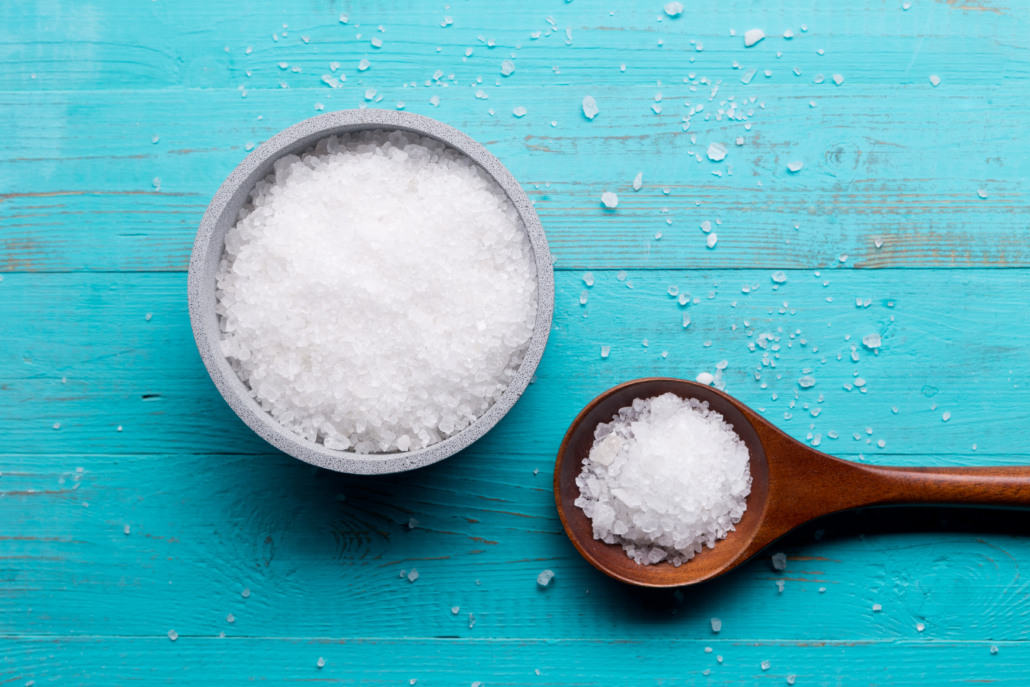
A high-fat low-carb keto diet can have specific effects on your magnesium levels and dietary needs.
In this article, we’ll explore what magnesium is, why it’s important, how a keto diet affects your magnesium in the body, and how to get enough magnesium on keto through specific foods.
Table of Contents
What is Magnesium, and Why is it Important?
Magnesium is an essential electrolyte. The small electrical charge that it carries allows it to function like a spark plug igniting over 600 cellular processes, all of which underlie vital bodily functions, including :
- Normal nerve function
- Building and maintaining muscle
- Maintaining glucose levels
- Creating DNA and RNA–the genetic machinery that runs every system in our bodies
- Maintaining your heart rhythm
- Synthesizing proteins into ATP–the fundamental energy molecule in your body
Symptoms of Magnesium Deficiency on Keto
Magnesium plays a key role in the synthesis of ATP–the energy currency for your body. As such an important component, low magnesium levels can result in numerous impairing and potentially serious symptoms, including
- Muscle spasms and cramps
- Numbness and tingling
- Seizures
- Migraines
- Abnormal heart rhythms
- Personality changes
- Difficulty swallowing
- Lack of appetite
- Weakness
- Fatigue
It’s worth noting that many of these symptoms can also be caused by other medical conditions. If you’re experiencing these symptoms with regularity it’s best to consult a healthcare professional.
How Much Magnesium on a Keto Diet?
Though some keto dieters believe that you need less magnesium when reducing carbs, it is best to air on the side of caution and consume enough dietary magnesium to meet the recommended RDI.
Magnesium needs vary depending on individual genetics, age, conditions, and activity levels. Here are the RDIs for magnesium for some common groups :
- Adult males: 400-420 mg/day
- Adult females: 310-320 mg/day
- Pregnant females: 350-400 mg/day
- Breastfeeding females: 310-360 mg/day
How Does Keto Affect Magnesium Levels?
When you cut carbs on keto your insulin levels take a dramatic drop.
When insulin levels drop your body unlocks glycogen (carbs stored in your muscle tissue). Glycogen is attached to water molecules, so in order to access the glycogen, your body flushes water and electrolytes.
This flushing occurs in the first week or so of keto, and it can temporarily cause low levels of magnesium.
Low levels of magnesium and other electrolytes contribute to various keto side effects that, taken together, are often referred to as “keto flu.”
While adapting to keto it may be important to seek high magnesium foods and supplements if needed.
It’s also worth noting that in animal studies, a ketogenic diet has been shown to reduce some negative impacts of magnesium deficiency by boosting levels of circulating ketones–superior energy molecules created from fat.
Good Dietary Sources of Magnesium on a Ketogenic Diet
Keto-friendly plant foods, including nuts, seeds, dark chocolate, and some low-carb leafy greens are the most concentrated sources of magnesium on keto.
However, these plant foods can come with drawbacks, including plant toxins, mycotoxins, antinutrients, and excess fiber.
For people practicing an all-meat, carnivore, or ketovore diet, it is entirely possible to meet your magnesium needs when exclusively consuming animal products.
Let’s take a look at these various dietary sources of magnesium on keto.
Magnesium in Ruminant Meats
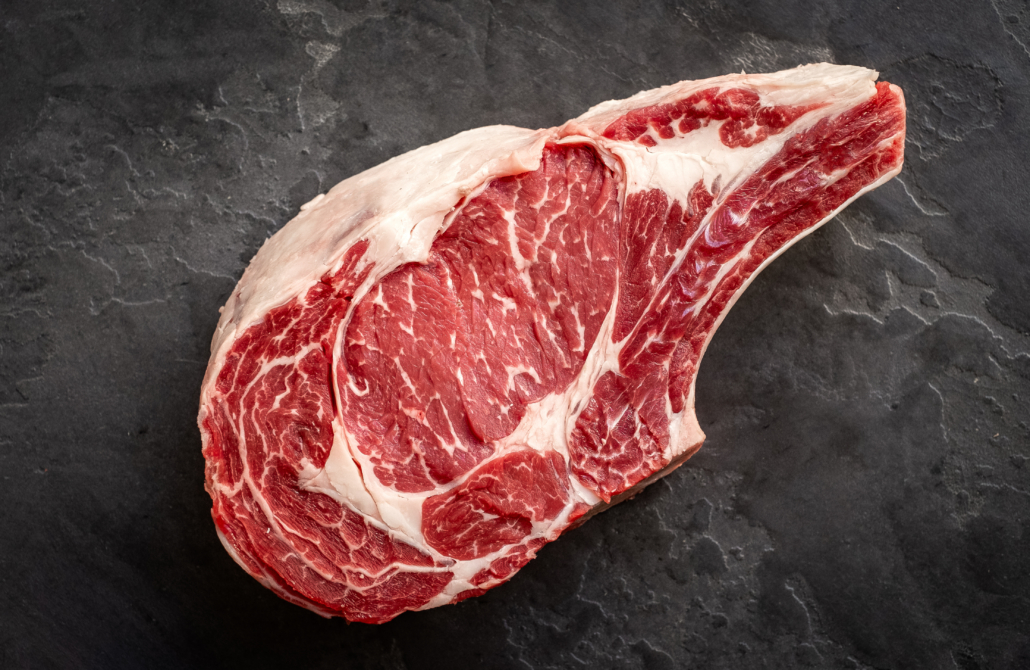
Since ruminant meats, like beef, bison, and lamb are the caloric centerpieces of most keto diets, let’s take a look at the magnesium that they supply.
Though fatty cuts of steak like ribeye are among the most nutrient-dense foods on earth, they are only moderate sources of magnesium.
For example, steak and lamb provide around 22 mg of magnesium per 100-gram (3.5 oz) serving.
That said, steak is better measured by the pound on most keto diets. So a 1lb serving of steak or lamb provides around 100 mg of magnesium.
That’s between 33% and 25% of your magnesium needs per 1 lb of meat.
So where can you get the other 200-300 mg of magnesium?
Fatty fish are a great place to turn to.
Magnesium in Fish
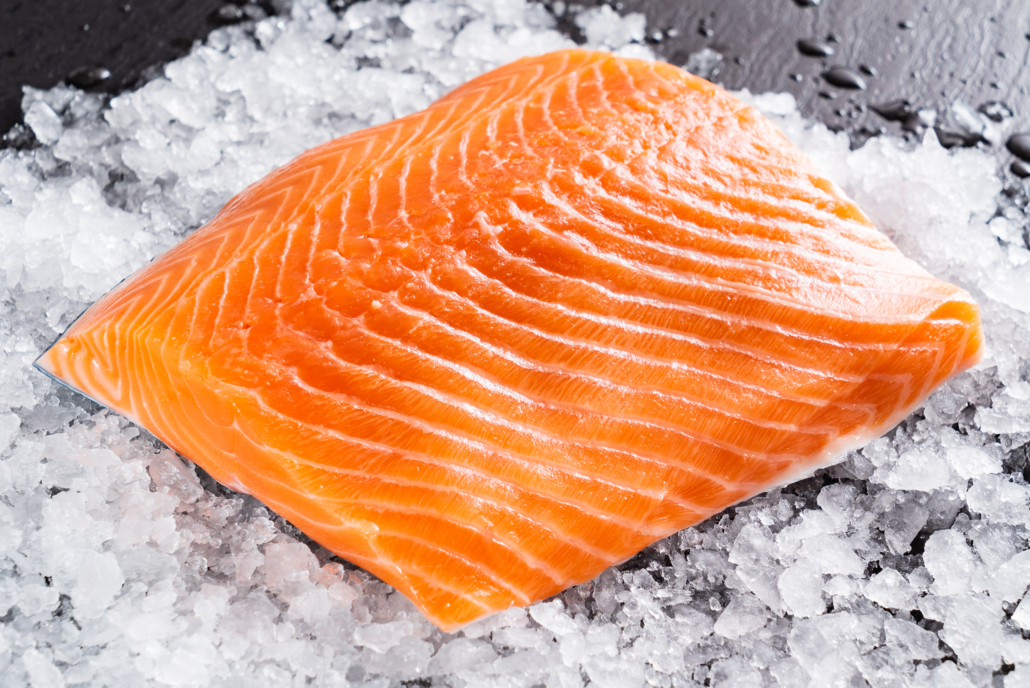
Fatty fish, led by king, AKA chinook salmon, are robust sources of magnesium.
A 100-gram serving of king salmon provides 122 mg of magnesium.
If we looked at a more realistic ½ lb serving size of salmon on keto, you’d get 275.72 mg of magnesium–69% RDI
So a keto meal plan that includes 1 lb of ruminant meat and ½ lb of salmon provides around 375 mg of magnesium, exceeding the RDI for women, and nearly meeting it for men.
If you’re on a pescatarian keto diet and you consume 1 pound of chinook (king) salmon, you’d more than meet your RDI with 549 mg, or around 137% RDI.
Other keto fish that provide significant magnesium include
- Atlantic Mackerel: 97 mg per 100 grams
- Anchovies (canned): 69 mg per 100 grams
- Sardines: 58 mg per 100 grams
Magnesium in Mollusks and Crustaceans
Shellfish, including oysters and mussels, provide relatively high levels of magnesium. They also boast extremely high levels of vitamin B and zinc.
High magnesium mollusks and crustaceans include
- King crab: 63 mg per 100 grams
- Oysters: 58 mg per 100 grams
- Shrimp/prawns 39 mg per 100 grams
- Mussels 37 mg per 100 grams
High Magnesium Keto-Friendly Plant Foods
Seeds are the best plant food source of magnesium but should be consumed sparingly.
Most seeds are high in inflammatory Omega-6 fatty acids. They’re also high in excess fiber and can contain compounds designed to inhibit digestion.
Examples of high-magnesium plant foods include:
- Hemp seeds: 660 mg per 100 grams– 165% RDI
- Sunflower seeds: 325 mg per 100 grams– 81% RDI
- Dark chocolate (90% cacao): 252.2 mg per 100 grams– 63% RDI
- Pumpkin seeds: 162 mg per 100 grams– 40% RDI
Magnesium in Pork
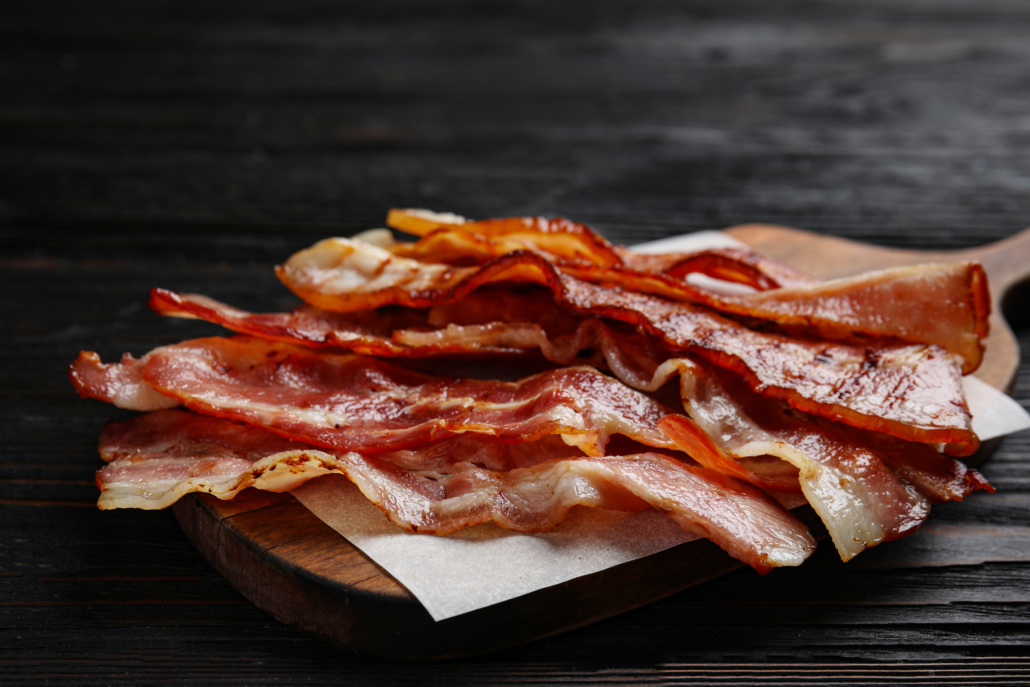
Pork is another fatty meat that plays a starring role in many keto diets.
Though most pork provides less magnesium than ruminant meats, bacon is a decent source of magnesium.
100 grams of bacon provides 33 mg or around 10% of your RDI.
Magnesium in organ meats
Organ meats from ruminant animals contain similar levels of magnesium as muscle meats.
Beef liver provides between 14-25 mg of magnesium per 100-gram serving.
While beef pancreas provides 20.3 mg per 100-gram serving.
Though organ meats won’t make a huge dent in your magnesium needs, they’ll more than top off your requirements for other hard-to-get nutrients like vitamin A and B12.
Magnesium in Keto Bone Broth
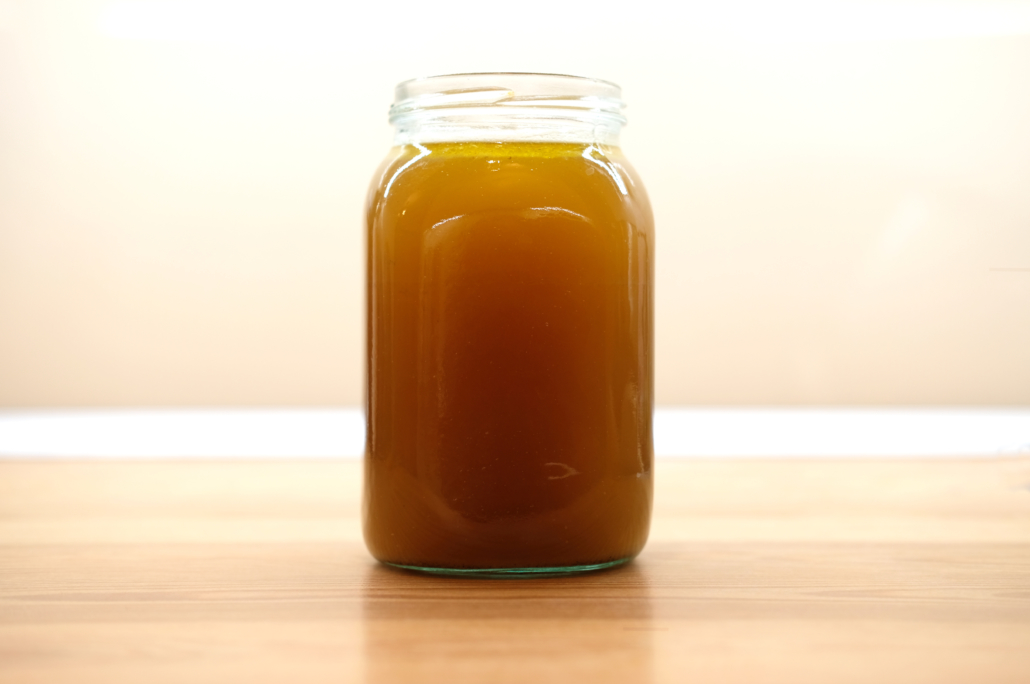
Keto bone broth is a modest source of magnesium but a robust source beneficial amino acids like glycine.
One cup (8 oz.) of bone broth contains 17 mg of magnesium.
Studies show that cooking time matters. So if you’re making your bone broth at home, keep in mind that cooking for twelve hours can yield 40% more magnesium than 8 hours of cooking. [1]
Magnesium in Keto Cheese
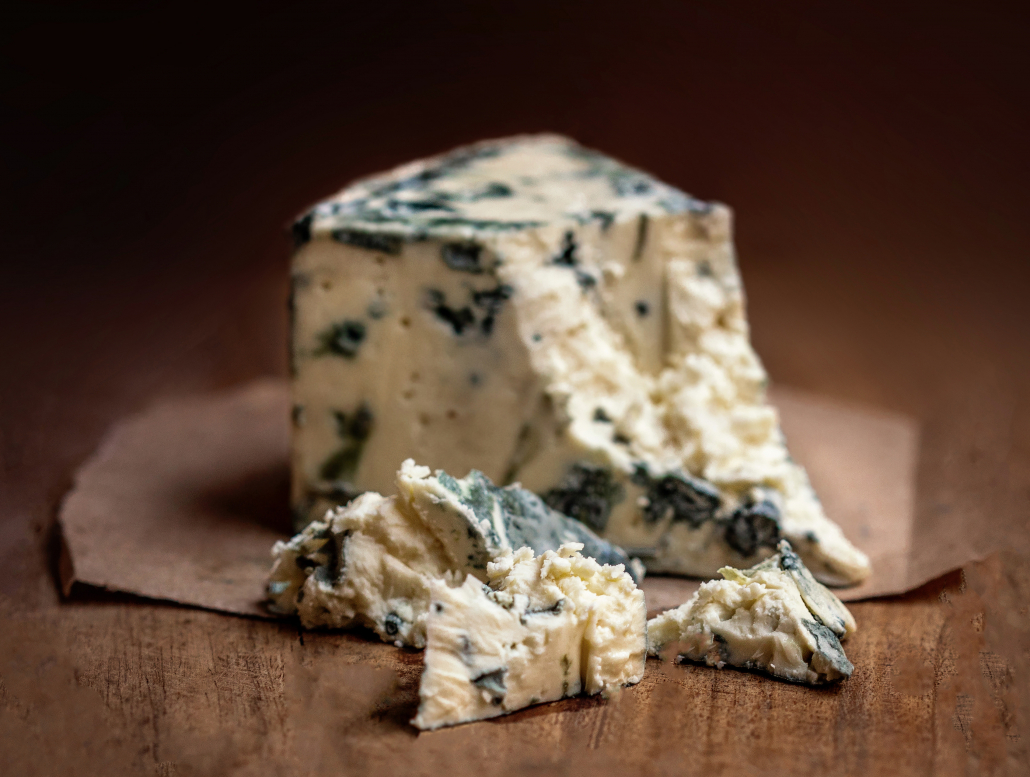
Fatty keto cheeses are delicious and can provide rare and powerful peptides and a decent dose of magnesium.
Keto cheeses high in magnesium include:
- Parmesan cheese: 38 mg per 100 grams
- Sharp cheddar: 32 mg per 100 grams
- Creamy blue cheese: 23 mg per 100 grams
Magnesium on the Carnivore Diet: The Bottom Line
Magnesium is an essential nutrient that plays a key role in numerous bodily functions. When transitioning to a high-fat, low-carb ketogenic diet, the body can flush electrolytes, including magnesium.
During this transitional period, it may be important to increase your magnesium intake either through focusing on high-magnesium keto-friendly foods and/or by supplementation.
Though animal products are generally lower in magnesium than the plant sources with the highest amounts of magnesium, it is possible to meet your magnesium needs on a keto diet with the inclusion of some types of fatty fish, shellfish, and with small amounts of certain plant foods, especially hemp seeds, sunflower seeds, pumpkin seeds, and dark chocolate.
It’s also worth noting that most people are magnesium deficient before going on a keto diet.
Eliminating sugary, processed foods and consuming nutrient-dense animal foods will likely increase your magnesium intake to higher levels than before going keto.




















